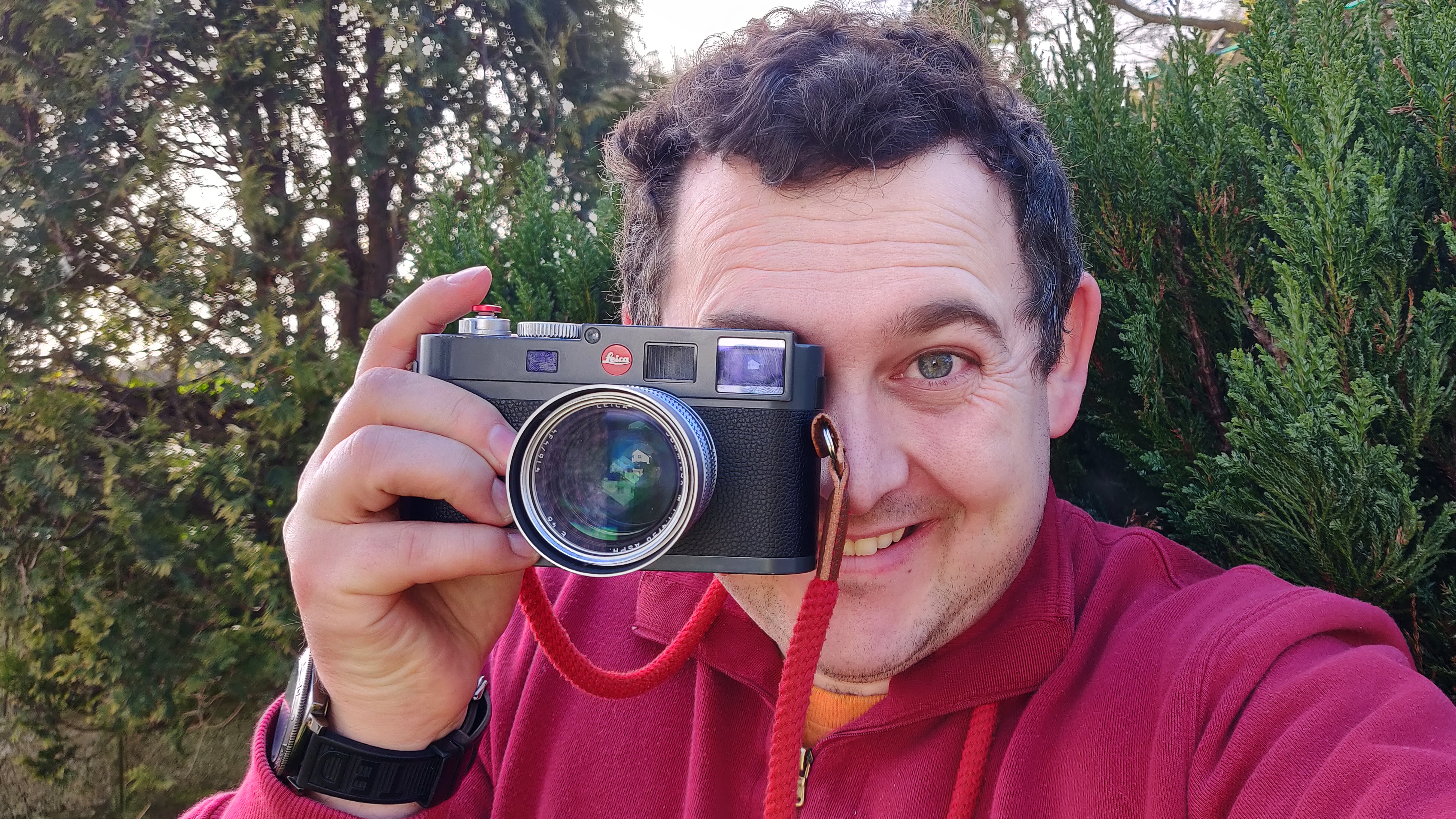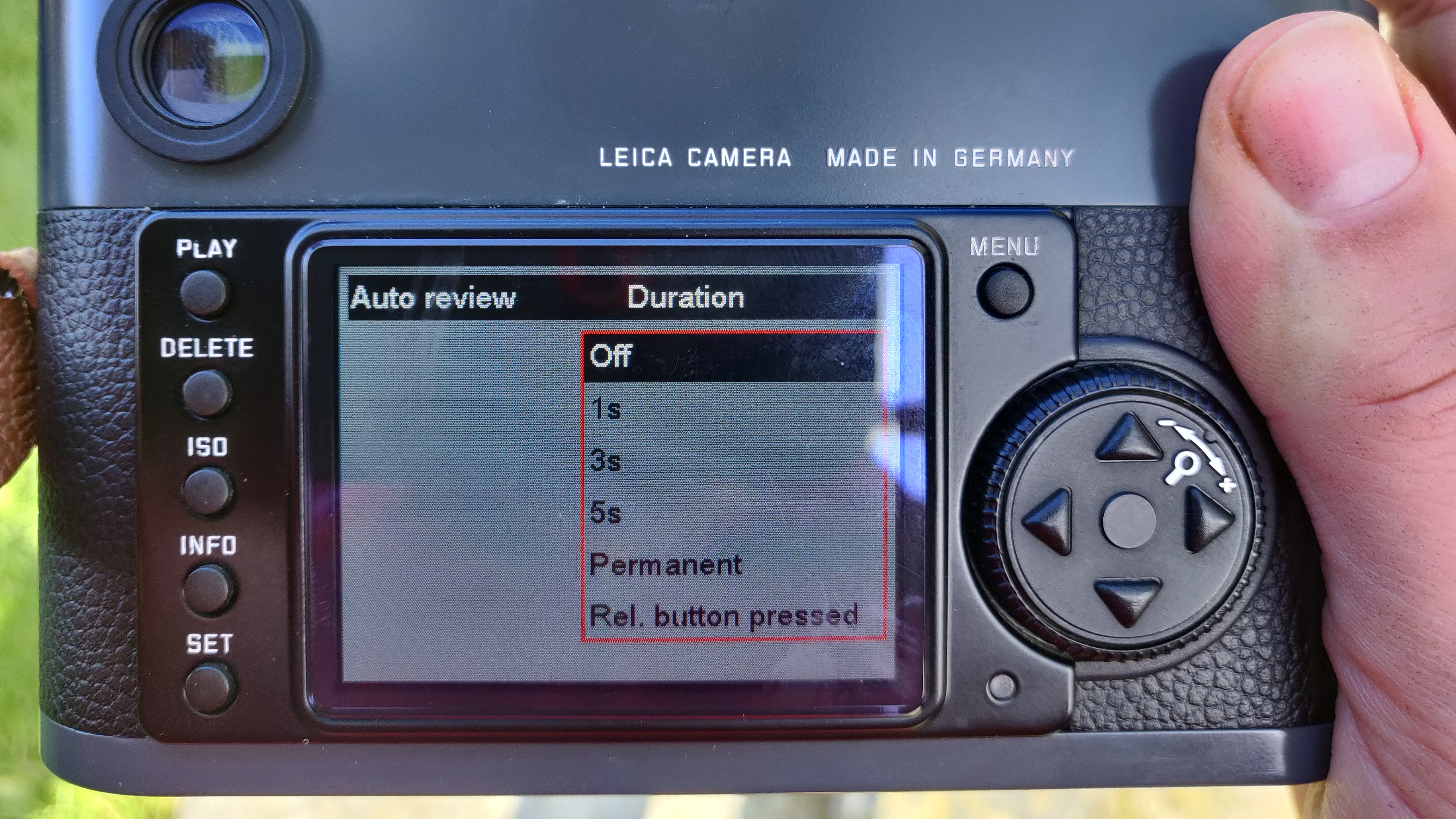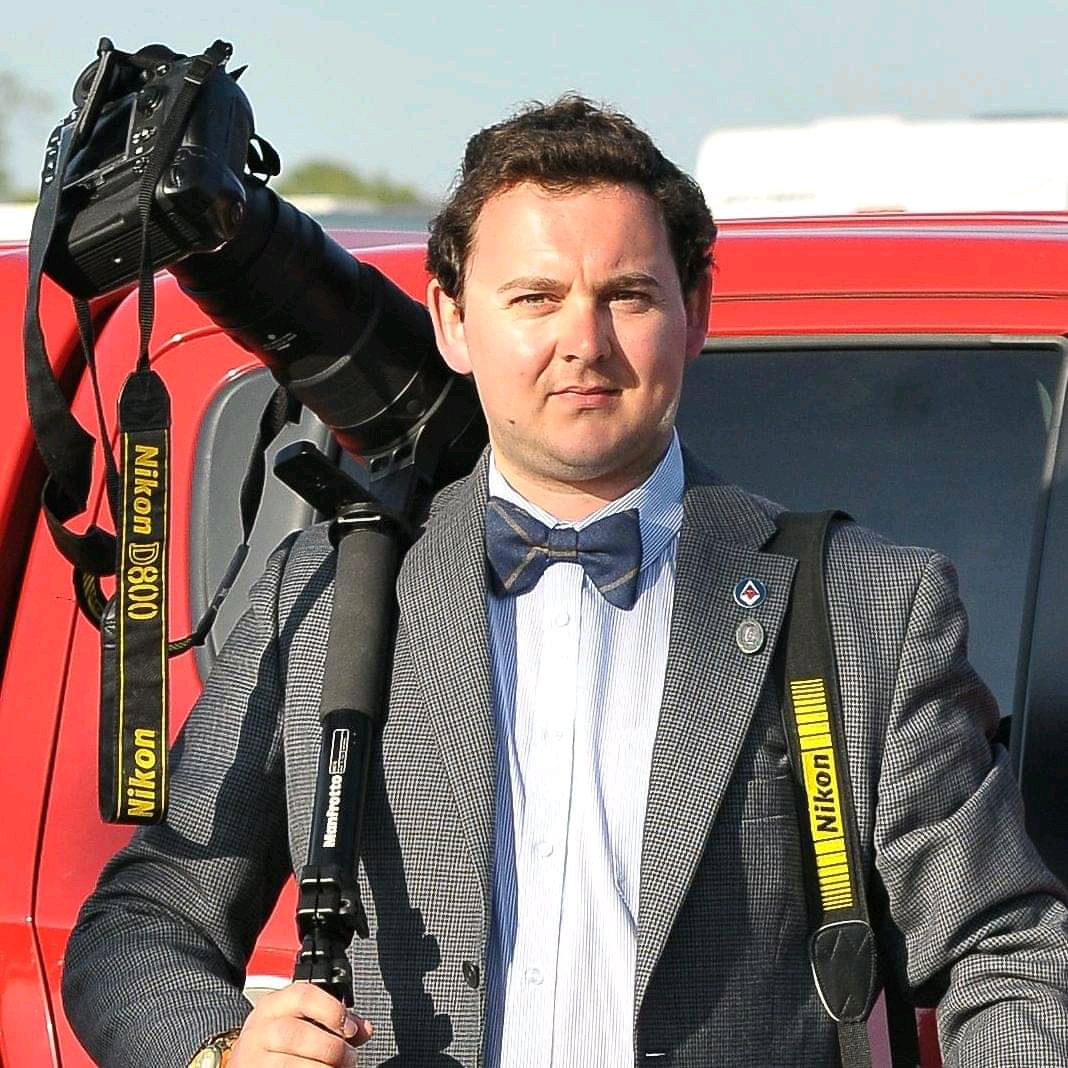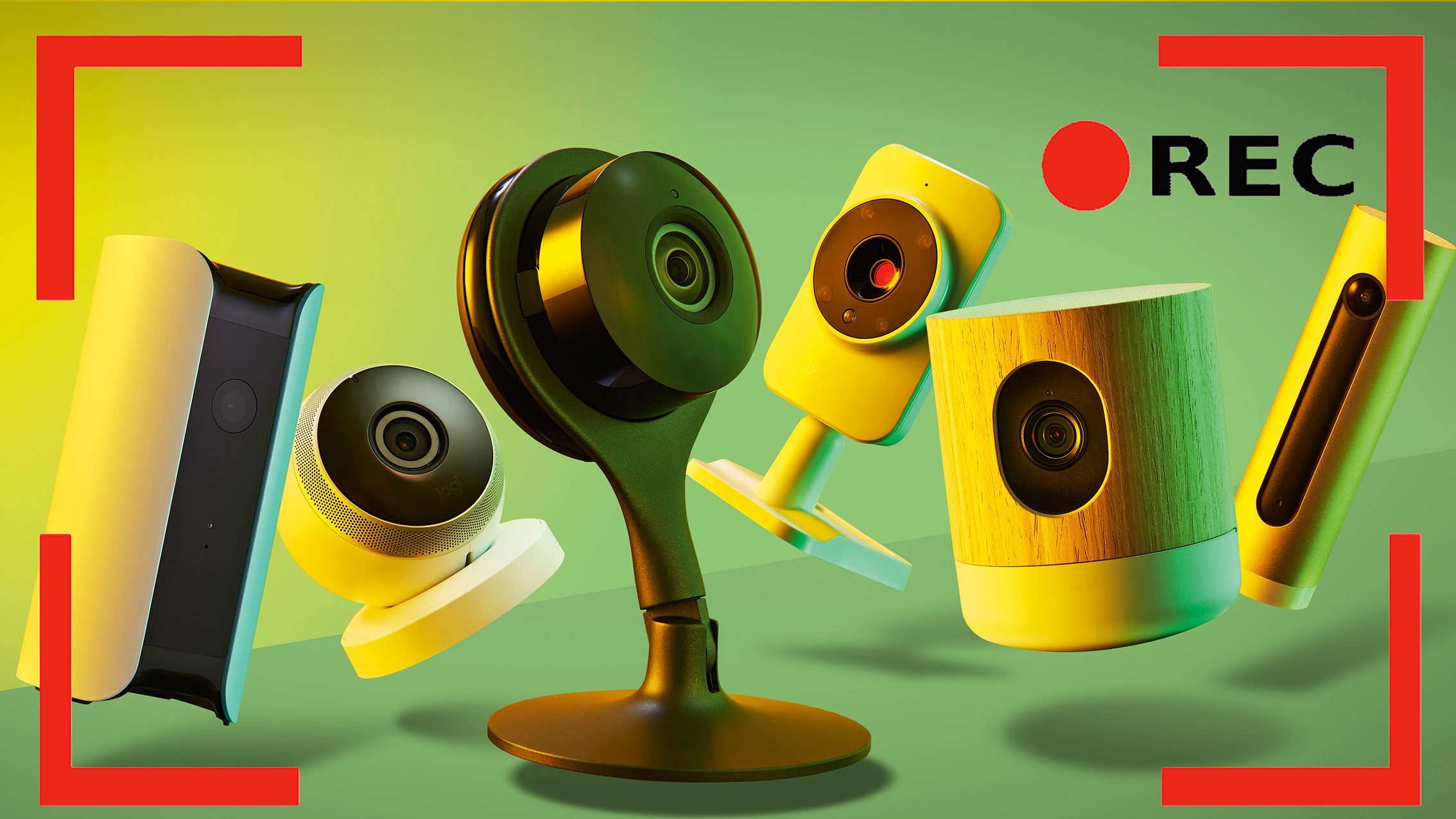I can't afford a Leica M11-D, so I turned my screen off and cured my "chimping" for FREE
I adore the whole concept of the Leica M11-D, but not its price tag – so I turned my own camera's screen off and cured my "chimping" the old-school way!

Like many photographers, I was captivated by the concept of the Leica M11-D when I reviewed it – a beautifully minimalist camera that removes the rear LCD screen entirely, forcing photographers to shoot with intention, much like in the days of film. It's become my dream camera, the one I'm longing for but can’t afford.
Yet, as much as I love the idea of the M11-D, I realized that I didn’t need to own one to embrace its philosophy. Instead, I made a simple change: I turned off my camera’s rear screen completely. In doing so, I unintentionally cured myself of "chimping" – a modern affliction that had been quietly holding back my photography for years.

For those unfamiliar with the term, "chimping" refers to the habit of constantly checking the camera’s LCD screen after every shot, named after the sound photographers often make when reviewing images ("Ooh! Ooh!"). In photography, it manifests as a compulsive need to review each image immediately, often disrupting the creative flow.
It’s an easy trap to fall into, especially in the digital age where instant feedback is readily available. But in practice, chimping is a distraction. It pulls you out of the moment, shifts your attention away from your subject, and often results in missed shots while you’re busy analyzing the last one.
When I first disabled my screen preview, it felt unnatural – almost like I was flying blind. I worried about exposure, focus, composition, and all the tiny variables that I had become reliant on checking after each click. But something interesting happened: I started to trust my instincts more.
Instead of relying on digital reassurance, I focused entirely on the scene in front of me, fine-tuning my settings based on experience and intuition rather than trial and error. This shift in mindset made me feel more connected to the act of photography itself.

The real revelation came later when I reviewed my images after a full day of shooting. Some were perfect, others had mistakes, but every misstep became a learning opportunity.
Get the Digital Camera World Newsletter
The best camera deals, reviews, product advice, and unmissable photography news, direct to your inbox!
Without the temptation to correct mistakes on the fly, I found myself understanding my camera’s settings more deeply. I became more aware of light, more precise with exposure, and more deliberate in my compositions. And most importantly, I was present in the moment, fully engaged with my subject instead of my screen.
Would I still love to own the Leica M11-D? Absolutely! It remains my dream camera, not just for its build quality or its impressive 60MP sensor, but for the philosophy it embodies. But until that day comes, I’ve discovered that the M11-D experience isn’t exclusive to those who can afford it.
Any camera can become a "screen-less" camera with the simple press of a button. The real challenge isn’t in the hardware – it’s in resisting the urge to look back when we should be looking forward. For anyone struggling with chimping, I encourage you to try this experiment.
Turn off your screen preview, shoot with confidence, and embrace the uncertainty. You might just find that, like me, you didn’t need a new camera – just a new mindset.
You might also like…
Take a look at the best Leica cameras, which comprise some of the best rangefinder cameras. And if you want to go really old school, take a look at the best film cameras.

For nearly two decades Sebastian's work has been published internationally. Originally specializing in Equestrianism, his visuals have been used by the leading names in the equestrian industry such as The Fédération Equestre Internationale (FEI), The Jockey Club, Horse & Hound, and many more for various advertising campaigns, books, and pre/post-event highlights.
He is a Fellow of the Royal Society of Arts, holds a Foundation Degree in Equitation Science, and holds a Master of Arts in Publishing. He is a member of Nikon NPS and has been a Nikon user since his film days using a Nikon F5. He saw the digital transition with Nikon's D series cameras and is still, to this day, the youngest member to be elected into BEWA, the British Equestrian Writers' Association.
He is familiar with and shows great interest in 35mm, medium, and large-format photography, using products by Leica, Phase One, Hasselblad, Alpa, and Sinar. Sebastian has also used many cinema cameras from Sony, RED, ARRI, and everything in between. He now spends his spare time using his trusted Leica M-E or Leica M2, shooting Street/Documentary photography as he sees it, usually in Black and White.
You must confirm your public display name before commenting
Please logout and then login again, you will then be prompted to enter your display name.
